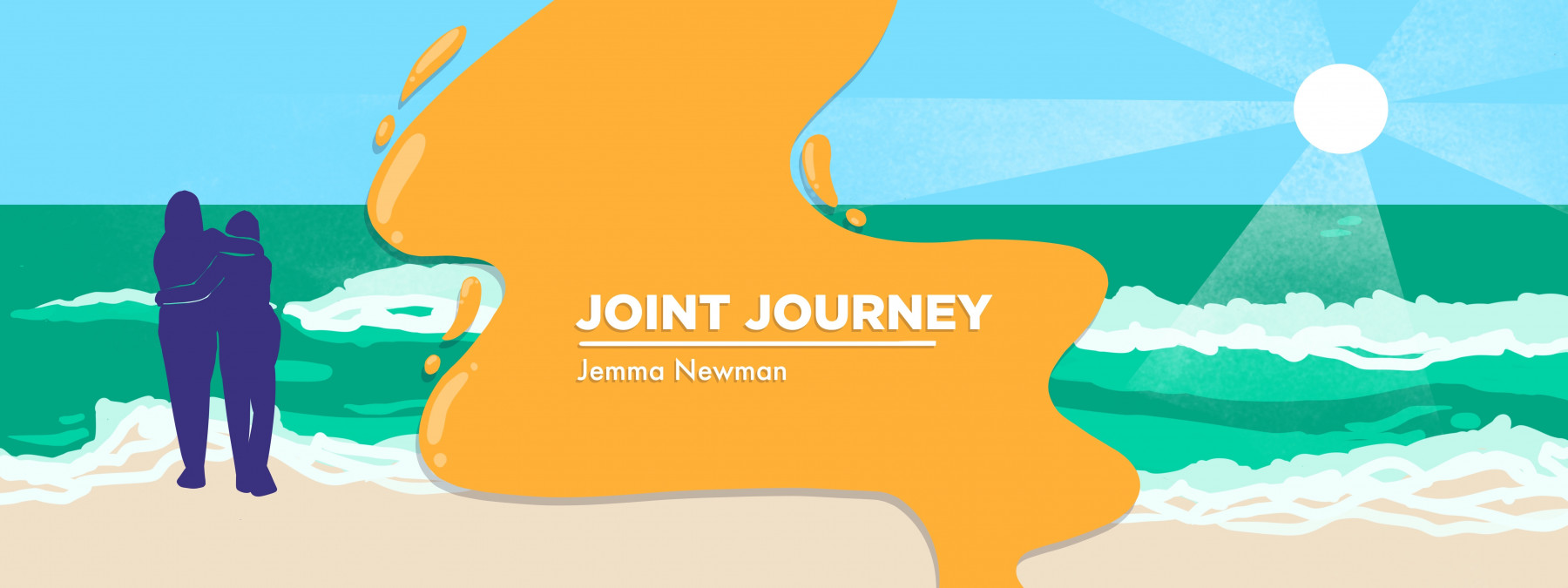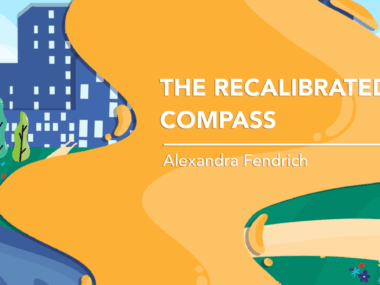Listening to My Body’s Signals While in the Grip of Ankylosing Spondylitis
That awareness helps me protect my rest and avoid the stress of overdoing it
Written by |

This morning I planned to go for a long walk beside the beach here in Perth, Australia. It’s a beautiful piece of coastline, with turquoise waters splashing crisply against the white sands. You can walk for hours along a beach-side path and enjoy watching the surfers, ocean swells, and jaw-droppingly expensive architecture as you get some exercise.
Because I have ankylosing spondylitis (AS), I try to get regular, gentle exercise. It’s so important to keep mobile, and my absolute favorite exercise is a beach-side walk, which usually works all the stiffness out of my body and leaves me in a positive frame of mind.
Today’s walk didn’t go as planned, though.
After dropping the kids at school and kindergarten, I pulled up at the beach parking lot. My Asics shoes were tightly laced, my sunblock was slathered on, and my visor was clamped on my head to block the already searing sun. But instead of feeling excited to walk in the sunshine (as I normally do), I felt utterly and overwhelmingly exhausted. I could barely lift my feet, and gravity felt like it had mysteriously tripled in force.
Telling myself I just needed to get warmed up, I played some energetic music through my earbuds and forced myself out of the car.
A few hundred meters into my walk, my feet stopped. I just couldn’t do it. My body was shouting at me that it had absolutely zero energy, and my brain was enveloped in a gray fog. I felt angry that my body wasn’t behaving and letting me enjoy this activity, which I consider a treat.
I slumped against the rough wooden fence and gazed down the flight of stairs toward the beach. Slowly, it dawned on me that what my body needed today wasn’t exercise, but nourishment in a different form. I headed down to the ocean, pulled my socks and shoes off, and stepped onto the warm, white sand. A smile spread across my face as I waded into the foamy surf, feeling the cold and powerful water swirling around my calves.
Why I listen to my body’s signals now
Today went well because I listened to my body and didn’t push myself into additional pain or a flare by overdoing it — which is surprisingly easy to do when you have AS. I felt nourished and energized by the sunshine and rest, instead of exhausted from pushing ahead with what I felt I “should” do.
Interestingly, in the 2002 article “Definition of disease flare in ankylosing spondylitis: the patients’ perspective,” from The Journal of Rheumatology, 50% of patients reported that one of the main perceived triggers of a flare is “overdoing it.”
“Listen to your body” might sound ridiculously simple, but like many people, I have a long history of ignoring my body’s signals. I spent decades working long and stressful hours, partying until the wee hours of the morning, following punishing exercise regimens, and filling the weekends with exciting but demanding activities, such as scuba diving. I was basically slapping duct tape over the mouth of my screaming body and assuming that I could recover easily.
Now I listen to my body to get information about the following:
- Activities that tire me out or use a lot of energy, e.g., grocery shopping.
- Anything that’s hurting in my body, especially if it’s getting worse.
- New symptoms or areas of pain.
- Feeling excessively tired before I start an activity.
- Feeling stressed or anxious.
- Activities that feel truly enjoyable. For example, my body might be telling me that a dinner party would be exhausting, but a walk with a friend would be relaxing and recharging.
I’ve learned over the past few years of living with chronic disease that if I ignore the faint but important signals that my body sends, I always feel the consequences, including increased lower back pain, terrible sleep, tight muscles, and spiraling anxiety.
I’ve found some helpful hints on learning your body’s language from writer Jennifer Walker, in her article “‘Listening to Your Body’ Is Not Easy with Multiple Chronic Illnesses — Here Are 6 Ways I Do It,” from the CreakyJoints website. My favorite suggestion is that I track patterns in my body’s energy, so that I can plan for activities that cause fatigue and make sure I get the downtime I need.
Recovery from exercise or a stressful event takes longer while managing my AS, so I try to safeguard my daily health by listening to my body’s signals and treating them with respect.
Note: Ankylosing Spondylitis News is strictly a news and information website about the disease. It does not provide medical advice, diagnosis, or treatment. This content is not intended to be a substitute for professional medical advice, diagnosis, or treatment. Always seek the advice of your physician or other qualified health provider with any questions you may have regarding a medical condition. Never disregard professional medical advice or delay in seeking it because of something you have read on this website. The opinions expressed in this column are not those of Ankylosing Spondylitis News or its parent company, Bionews, and are intended to spark discussion about issues pertaining to ankylosing spondylitis.







George
Listening to your body is absolutely essential. However, figuring out how much exercise I can do without causing a problem has been plagued with failures. When I was younger, most all injuries were recoverable (save a bad neck) when given enough time. But AS didn't clamp down fully on me until past 50 with diagnosis at about 60. Even into my 50's I exercised heavily because it was the only thing that made me feel good. When AS really hit, I never found a good correlation to specific activity to flareups. Flareups were cyclic and guaranteed. Nevertheless, a couple days of dedicated recovery was necessary after most (otherwise everyday) ventures of any type. After biologics, I can do many types of exercises again, but the rest period is always great. And, like you, I am fatigued constantly and do not need a reason. As for injuries, they're a great mystery because they happen without any forewarning although "listening" is a necessity else there would be many more.
Jemma Newman
Hi George, I agree that exercise is both necessary but also very confusing. You're so right, I think that recovery does seem to take longer as well. It sounds like you've put a lot of hard work into trying different things, and I'm so happy to hear that biologics have helped you do a greater variety of exercises.